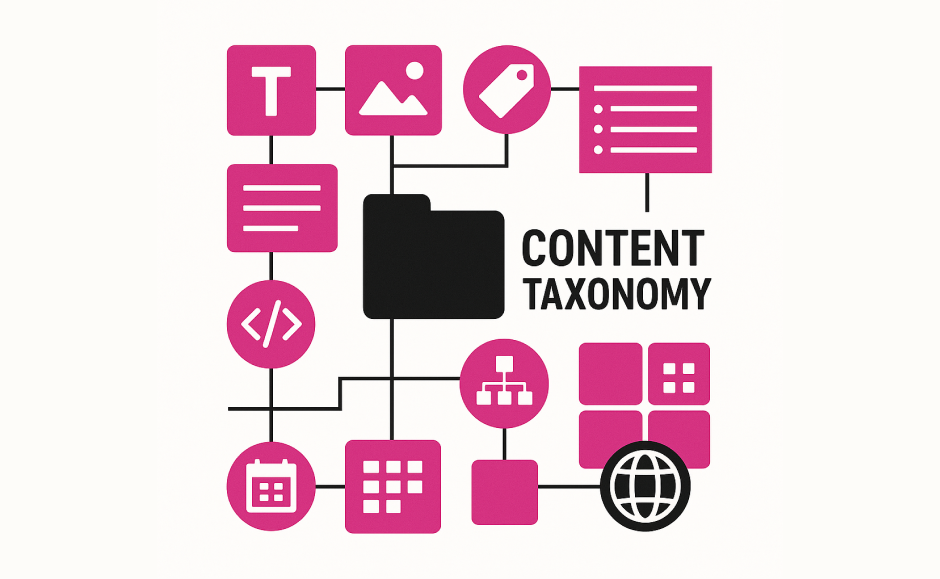Content Re-labeling & Taxonomy: Why Consistency is More Than Labels

Why does it matter?
When labels, categories, or content structures vary across products, teams, or regions, users are left to guess. Inconsistent taxonomy isn’t just a cosmetic flaw—it creates friction, mistrust, and higher support costs. A consistent taxonomy builds clarity, accelerates adoption, and ensures users can focus on tasks rather than deciphering terminology. From enterprise platforms to SMB tools, coherence translates into measurable ROI.
A concrete example: while at Verizon, I helped consolidate wireless and landline projects into a single, coherent structure. By unifying terms and streamlining taxonomy, we cut fulfillment times from 60–180 minutes down to just 7–15 minutes. That wasn’t just an operational win—it was a business growth driver, directly improving service delivery effectiveness and customer satisfaction.
Voice & Tone for consistency
Taxonomy also carries tone. Choosing whether a button says “Submit” or “Send” shapes how approachable the experience feels. A “Help” label might feel warmer than “Support Portal”. When tone shifts arbitrarily between products, users lose confidence. Maintaining a consistent voice and tone across touchpoints isn’t only about branding—it’s about accessibility. A familiar, predictable language helps users with cognitive challenges process information more easily, reduces ambiguity for assistive technologies, and promotes inclusivity at scale.
Prediction score vs potentiality
In AI-driven systems, taxonomy is the backbone of predictive analytics. But prediction is only as trustworthy as the labels feeding the model. Biased, inconsistent, or overly technical terms can skew outcomes, leaving users with cryptic messages like “Confidence interval: 0.85.” Instead, design must reframe these signals in human language: “We think this is the right option—adjust if it’s not what you need.” Clear, consistent taxonomy minimizes error propagation in AI outputs while giving users transparency and control. Accessibility benefits here too: plain language avoids cognitive overload and ensures assistive tech can convey intent effectively.
Meta-data relevance
Metadata is invisible UX. It determines how content is searched, discovered, or read aloud by screen readers. Without consistent tagging and structure, personalization breaks, predictive features fail, and accessibility barriers rise. When metadata is handled well, it enables alt-text that makes sense across contexts, semantic structures that screen readers can navigate, and search results that are meaningful, not confusing. Metadata consistency is what transforms content from static information into adaptive, inclusive, and discoverable experiences.
Contextual vs textual translation
Translation is where taxonomy either thrives or collapses. Literal translations often fail to capture context. For example, I once encountered a button labeled “Schedule” that was translated into “Cronograma” instead of “Agendar”. Technically correct, but “Cronograma” means timeline—not an action. Users expecting to book or arrange were left puzzled.

This happened because the translation agency had no visibility into the user flow or context of use. They were forced to translate textually instead of contextually. The result: cognitive friction, accessibility hurdles for screen readers (which read the wrong action), and a break in user trust. Taxonomy work requires not just linguistic accuracy but cultural and contextual awareness. Products must feel local yet stay globally consistent.
Takeaway:
Content re-labeling and taxonomy are not “content clean-up” projects—they’re strategic levers for growth, accessibility, and trust. Clear labels reduce support costs. Consistent tone builds confidence. Context-aware translation prevents friction. Metadata unlocks discoverability and inclusivity. And in AI-driven systems, taxonomy is the foundation for trustworthy predictions.
At its core, taxonomy is about moving businesses—and users—forward by giving them clarity, consistency, and equitable access to experiences.
Asvid Balleza
Sr. UX & Product Designer | Founder of Distrito Studio
Designing business transformation through culturally-aware strategy and inclusive digital experiences.











